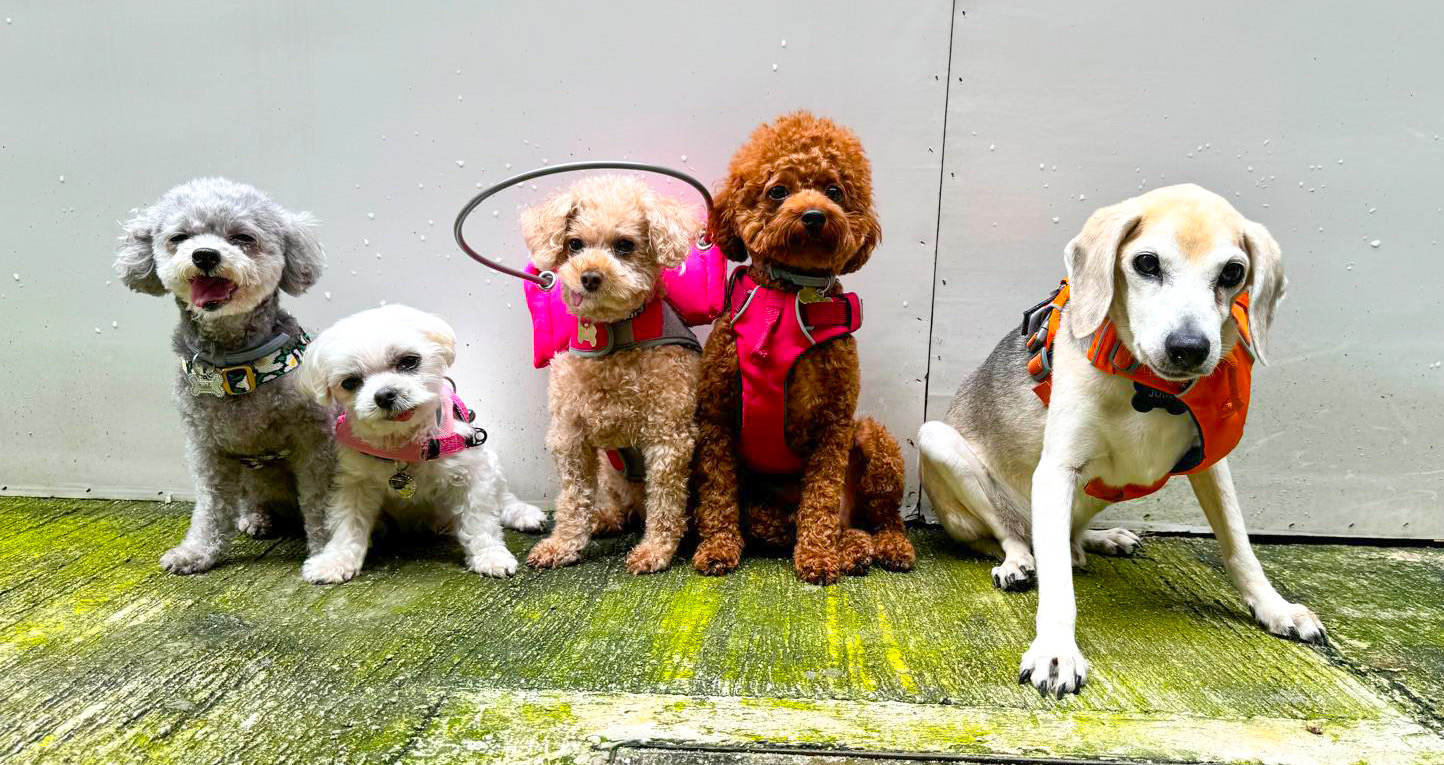How to ensure your dog's harness fits, without causing damage to their joints and restricting movement
- The Pet Temple

- Sep 1
- 1 min read
Updated: Sep 2


I only recently found out myself how ill-fitting the harnesses I had been buying were restricting my dogs should movement (thanks to Charlie Davies from Joint Dynamics Pedigree).
After then, i started looking around and noticed how many dog harnesses around town were not fitted properly on their dogs. Totally not the owners fault, as this is something that I only just learned, and there are so many choices, it's difficult to know what would fit properly. When you think about it ergonomically, it makes sense that we should make sure the harness isn't restricting their shoulder movement.
So here are our favourite choices:
Ruff Wear (Whiskas & Paws, Barkyard)

Peanut (aka Nana) wears a Front Range Ruffwear Harness XXS fit Pet Safe 3-in-1 Harness

Jose wears Pet Safe 3-in-1 Harness Ensuring that your dog's harness fits correctly will help minimise aches and pains, stiff joint movement which could result in arthritis.
Google's advice:
Yes, a poorly fitting dog harness can damage your dog by causing skin irritation and sores from friction, muscle strain or injury from tight pressure, joint problems by restricting movement, or affecting a dog's natural gait and body alignment. Issues like chafing, muscle imbalances, and altered movement can lead to long-term musculoskeletal problems and discomfort. To avoid this, choose a well-fitting harness, ensure it doesn't restrict movement, and check the fit regularly.
Another great resource to follow is:
For anything related to muscle and joints rehab, please reach out to Heal Rehab Wendy & Sally, or Joint Dynamics Pedigree Charlotte.







Comments